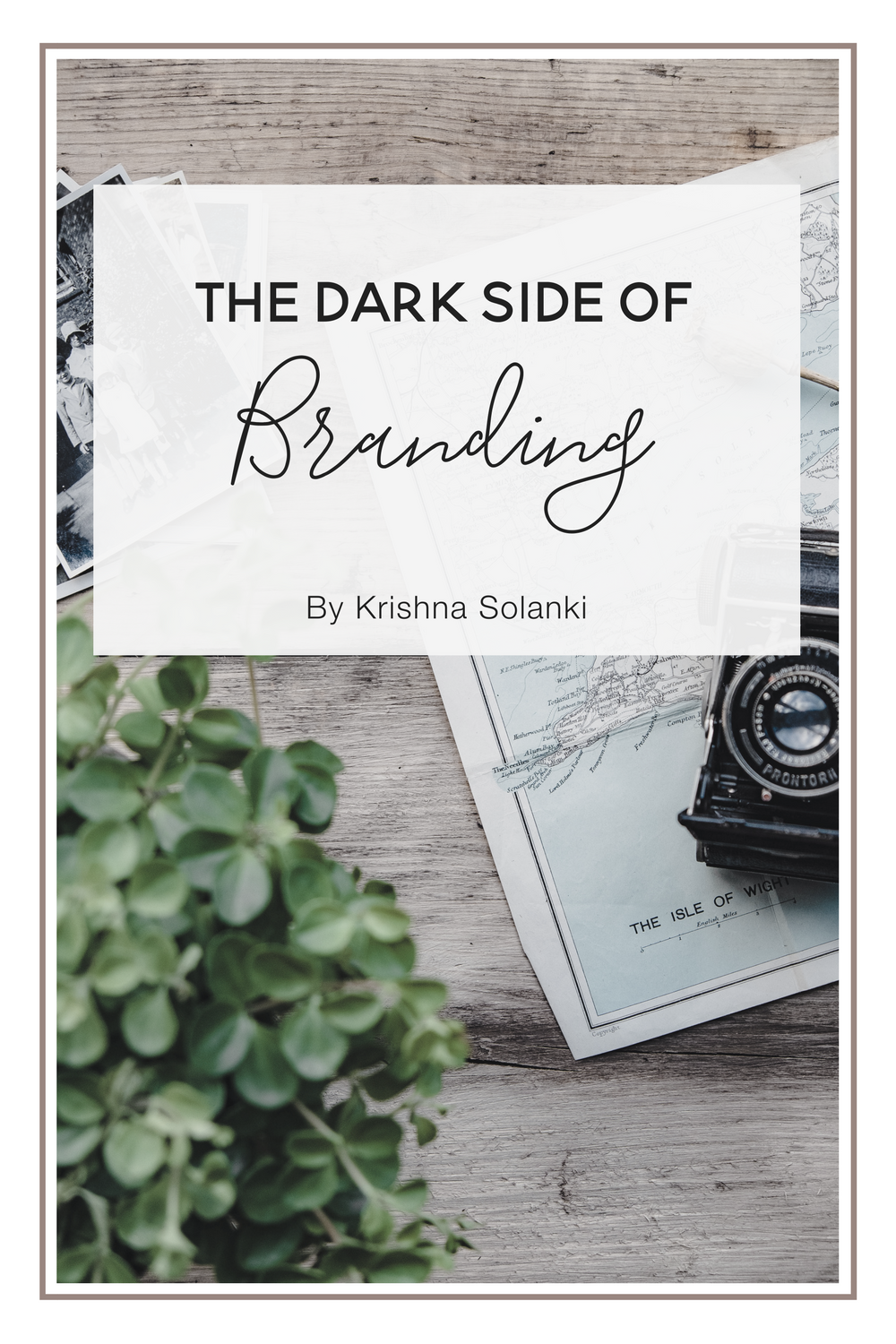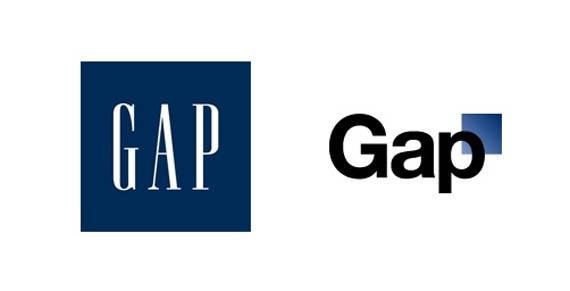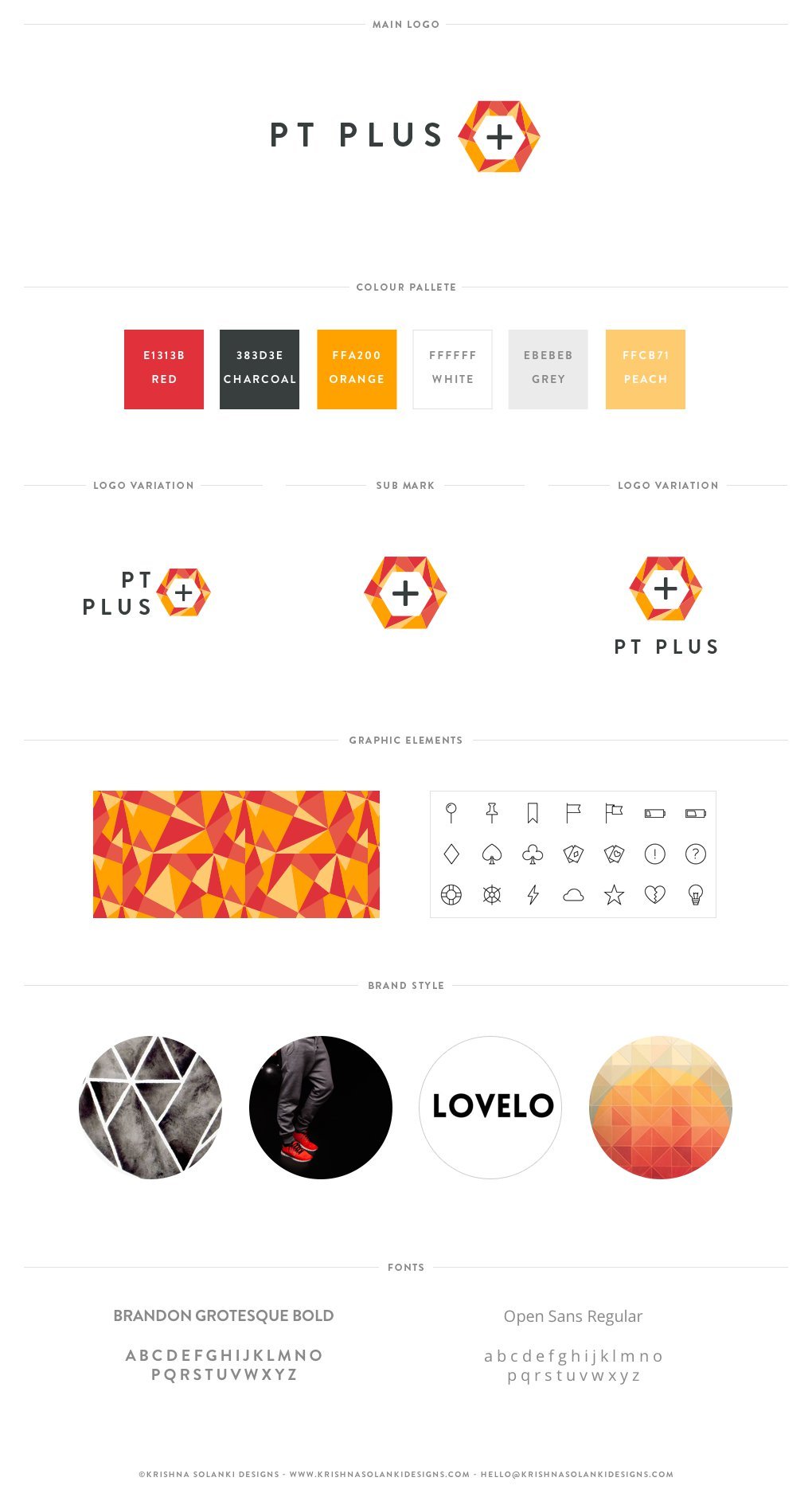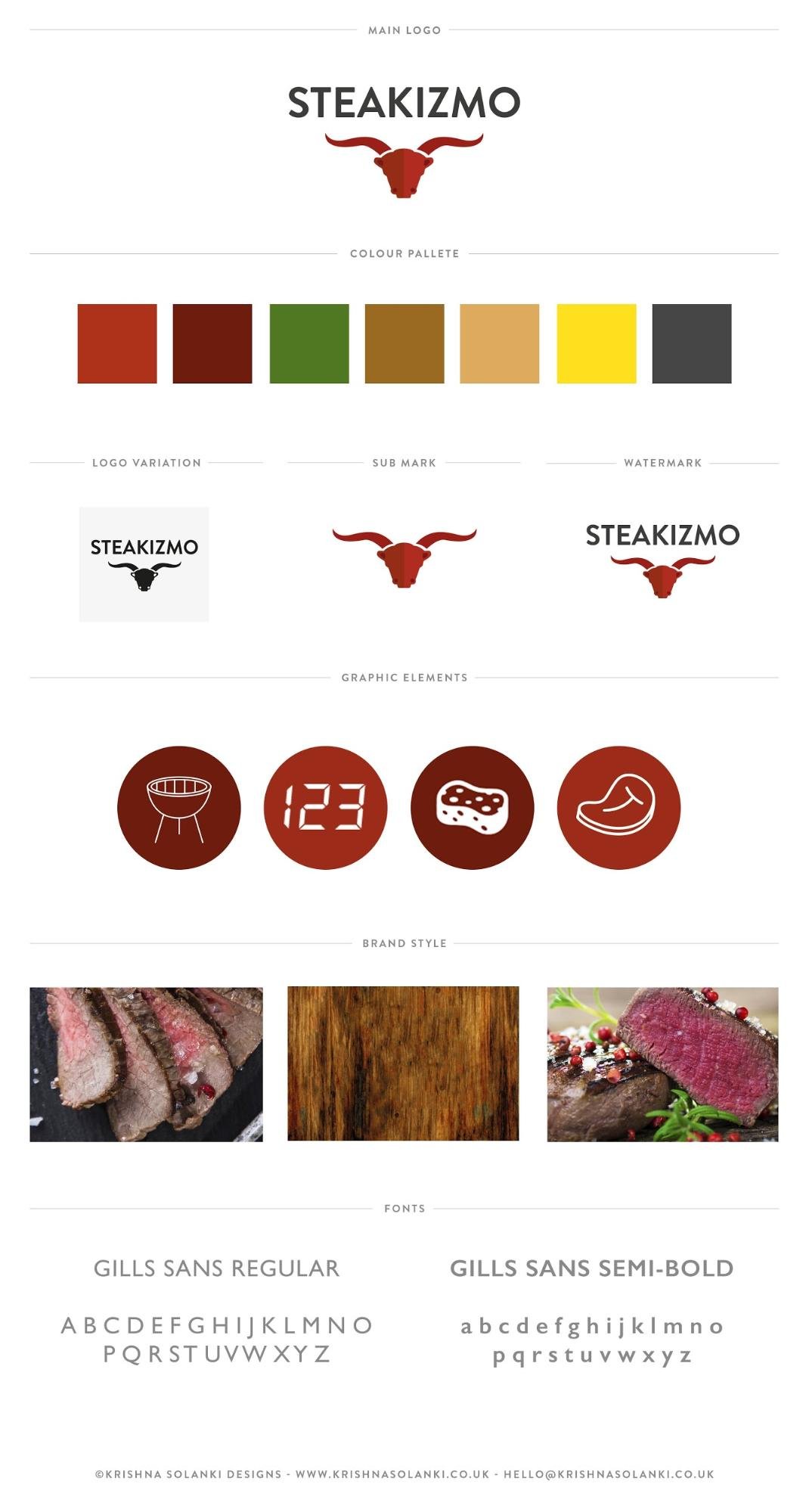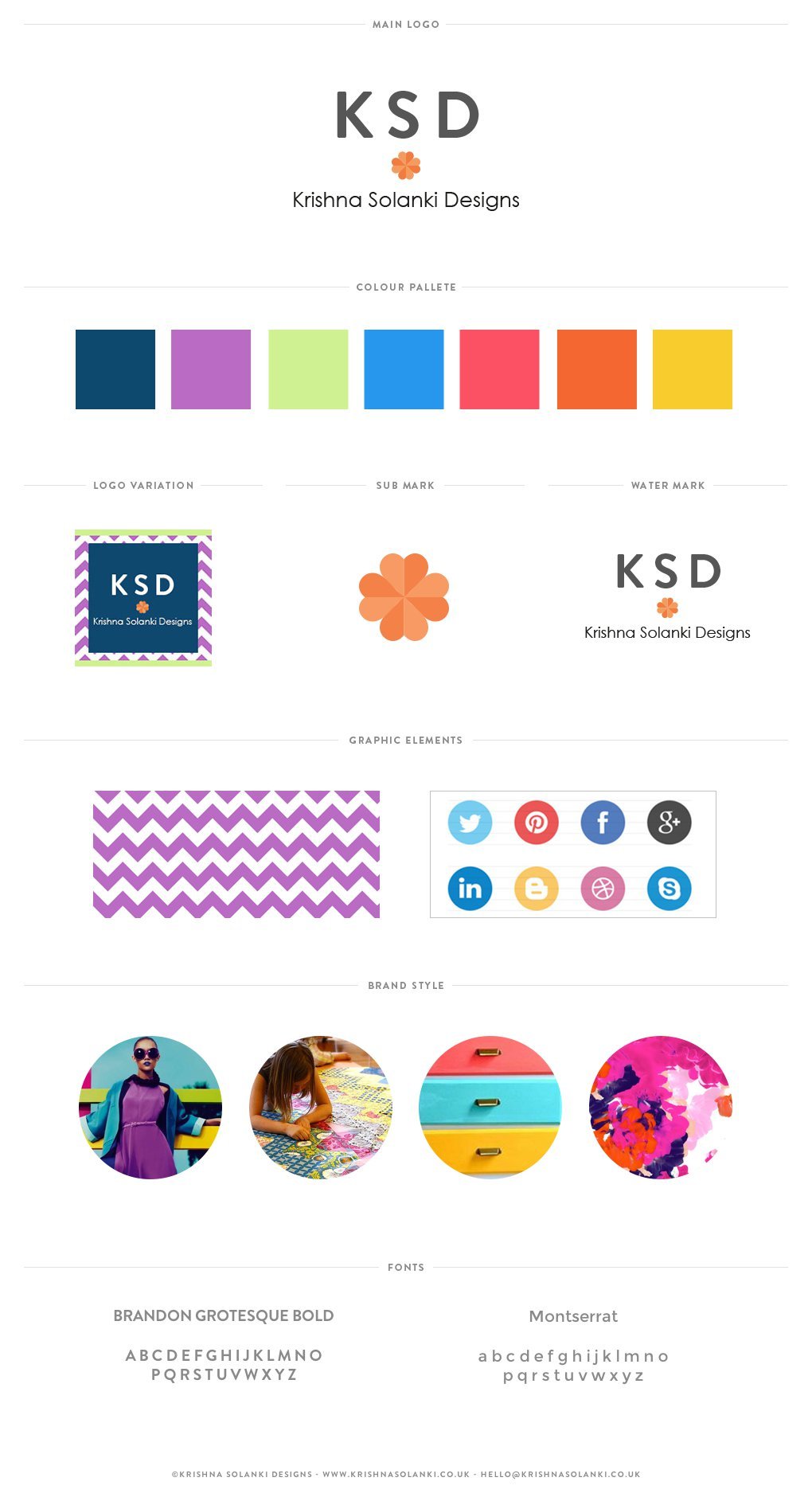The Dark Side of Branding
People love sharing good things, they love being about to shout about and promote a new product or service, a package or a simple happy story. That's great when it's good, but what about when it's bad?...Do people still share and promote?...What do you do in such an instance when things go wrong?
Can it be fixed?.. should it be fixed?...and more importantly, how do you fix it?
Today I'm going to talk about branding, what can happen when it, unfortunately goes wrong, how can it can go wrong and what to do about it if it happens to you or your small business/startup.
Before getting really stuck into this topic, it is probably a good idea to break it down a little first and talk about the basics of branding.
The branding basics:
Definition:
The Entrepreneur defines branding as "The marketing practice of creating a name, symbol or design that identifies and differentiates a product from other products". This itself explains that branding is more than just a logo.
What is branding?
A brand is a set of elements that consists of a logo, fonts, colour palette, icons, and broadly put any visual element that communicates a company's mission and vision. It also reflects your readers/customers/clients experiences and the manner in which they are interacted with. This is in relation to everyone who has first hand interaction, everyone from suppliers to staff to clients and customers. This is one reason to why branding is so important. It is the first and last thing people will see and remember you by.
Why do I need branding?
If done correctly, branding can help your business immensely. It can help you stand out from your competitors and competition and really also speak to your clients.
It can build trust, recognition, professionalism, credibility and loyalty as well. One of the key aspects of branding is to make sure it is consistent! Use the same logo to represent your brand and company whenever you are communicating any messages and reinforce this with keeping your fonts and colours the same too. Visual elements like icons and imagery are also important so if you have defined this it's equally just as important to implement it consistently.
When should I invest in a brand?
From a designers perspective, it is very important to get a brand established as soon as you are clear on what your business goal/vision is. This way you are aware of what you want to portray and it will be easier for you to define your brand values and create your brand as a whole.
However, saying that, you could establish your brand values and then over time define your brand. The overall branding goal is to have a consistent brand to convey your business vision and mission and that the messaging you deliver is spoken in one clear voice or tone of voice.
How do I go about branding?
There are a numbers of ways you can create a brand. Ultimately it comes down to time and budget. Some people will argue that it is best done themselves as they are the only ones that really understand the brand. However, others strongly believe it should be left to the professionals.
Having enough time on your hands to design and develop a brand, whilst running your business requires some serious multi-tasking. If you are financially restricted you have no other option but to do it yourself. In that case, tools like Adobe Illustrator and Adobe Photoshop are your best friends when designing a brand.
As a professional digital designer myself, I will always suggest to getting touch with a designer as you may be pleasantly surprised as they will most probably bring a lot more to the table than if you know. Plus it’s peace of mind knowing someone with experience and knowledge is handling it for you.
Where do I use branding?
Although this sounds like a silly question it really isn't! Your branding should be used on any material that you use as communication for your business. So if you have a Facebook page you should create images - profile picture and cover images so they are branded in your colours, with your business look and feel. Same goes for your Twitter profile. If you send out newsletters, don't forget to add your logo in the header (and footer) and keep the colours consistent. Just about anywhere and everywhere you talk, use, send, show, and display material about your business should have some, if not all, indication of your brand.
Ok so now you know the basics of branding, what can go wrong and how wrong can it go?
Branding "boo boos”
Unfortunately branding is one of those aspects that if it goes wrong, it can go very wrong. A number of large companies have witnessed this first hand.
Gap was under scrutiny not so long ago (in 2010) for its logo revamp. It was so bad that within no time at all (one week later) it reverted back to its original logo which was much loved and recognised.
The image on the left is the original, much loved GAP logo, and the image on the right is the failed redesigned logo.
There are a number of reasons as to why branding can go wrong, in fact here are 5.
5 reasons why branding can co wrong:
1 | Misunderstanding
Not understanding the business vision or values can lead to a serious branding failure. Every step of brand creation or a rebrand needs to be meticulous planned and thought out before getting down to the design aspect. A digital designer like myself can help you with every stage, and will help you think about your brand in ways you probably haven't done so before.
2 | Change "just because"
Creating a brand or rebranding should be done under the proviso that it needs to be done, there should be a business need or goal that you want to accomplish. You shouldn't be rebranding or creating a brand "just because" you think you need to or want too.
3 | Designer madness
Talking to a designer about your branding needs is something that should be done. However, it's important that the designer doesn't run wild with what they think your brand should represent. I avoid this issue by asking my clients in-depth questions and quiz them about their business, alongside some potential homework that they will need to do. This will provide me with enough understanding to be able to take your brand forward in a direction that meets my client's business needs.
4 | Lack of listening
Successful brands are the ones that listen to their target market, their audience. Knowing who your audience is and speaking to them through your brand (this could be by simply asking them) could help you in more ways than you know.
5 | Being inconsistent
A stable brand is a strong brand. Subtly changing elements of your brand can be fun, but can also be disastrous. Inconsistencies with your brand elements - logo, colours, and messaging in particular can bring in trust issues. Seeing two different logos for the same business can be confusing. Would you trust that you are buying a genuine, quality, Apple gadget if the logo was horizontally flipped?
As you can see, branding is a huge aspect of a company marketing and set up plan. Whether you are just starting out and creating a new brand, or in need of revamping an existing successful brand. It is important to get it right as getting it wrong can do awful things for your business.
But what if your branding has gone wrong, or what if it’s not what you were hoping for?.. what do you do? Well that’s the next part of this article so keep reading...
Help! My branding has gone wrong.. What do I do?
Ok so you have a newly created brand, this could be for a new business, or for the one you have just started, or it could be because you have revamped your existing brand. In each scenario the conclusion is the same - you have a brand and its gone wrong.
As I have previously pointed out, branding can go wrong. But what is the solution, how do you fix it? Here are 6 ways to right the wrong:
1 | Acknowledgement
It's important to recognise and admit that your branding has gone wrong. That it hasn't quite gone to plan as you were hoping. Acknowledging you have branding issues is one part of finding a solution to fixing it. Being able to highlight what the actual issue is can help resolve it, for example, did your brand fail because you haven't paid attention to it? Did your brand fail because it didn't connect with your target audience? Being able to identify the failure reason can help establish a new route to success.
2 | Investment
Whether you have just had your brand created or you are already have an established brand it's important to make sure you continue to invest in your brand. This could be by creating brand style guide/document.
This is especially useful for you to keep an eye on your brand using it as a reference point when creating your visual presence, like adverts, or blog images. All of my clients have found this resources immensely helpful, below are a few examples.
3 | Financial investment
Creating a brand shouldn't cost the earth. Obviously if you do it yourself, your financial investment may be minimal but it could be at the cost of something else (massive amounts of time, for example). It's important to keep this in mind. Obviously if you do hire a professional you should always make sure you are clear from the offset what their charges are and what your budget is.
If you ploughed your budget into a brand that didn't come out as expected, rest assured that it's not the be all and end all. Speak to your designer, they may have a process in place to help you. I have a process in place that works well for both my client and I, working together and being kept involved is the key to making sure that there are no nasty financial surprises.
4 | Monitor your brand
To help your brand stay on top, you need to monitor it. By this i mean take some time out to see how your target audience sees you. Monitor how your audience associates you with your communication and try to keep up with any changes that need to be made. Falling behind can lead to your brand becoming outdated or irrelevant.
5 | Go back
In the case of GAP, they acknowledged the logo change with a Facebook status. Eventually they realised they made the wrong decision with the logo redesign and to rectify the blooper, they went back. They went back to the much loved, much respected logo. Obviously it didn't go unnoticed but sometimes going back to go forwards is the answer.
6 | Professional
If you have little financial restrictions or still have a budget left, or have already attempted to create your brand from scratch but it didn't go well, then another option is to hire a professional. I work with my clients and together we create brands and websites that not only enrich their small businesses or startup but I also help them stand out in their industry. With a step by step process in place it's easier to stop a brand development mishap from taking place. WIN-WIN all round.
Have you had any bad branding experiences? What did you do to rectify the issue?
By: Krishna Solanki
Krishna is a designer over at Krishna Solanki Designs. She's been a part of the Nora Conrad Community since day one and I'm so happy to have her be the first of many guest bloggers here in the Creative Nook.
If you have questions for Krishna please get in touch with her HERE.

